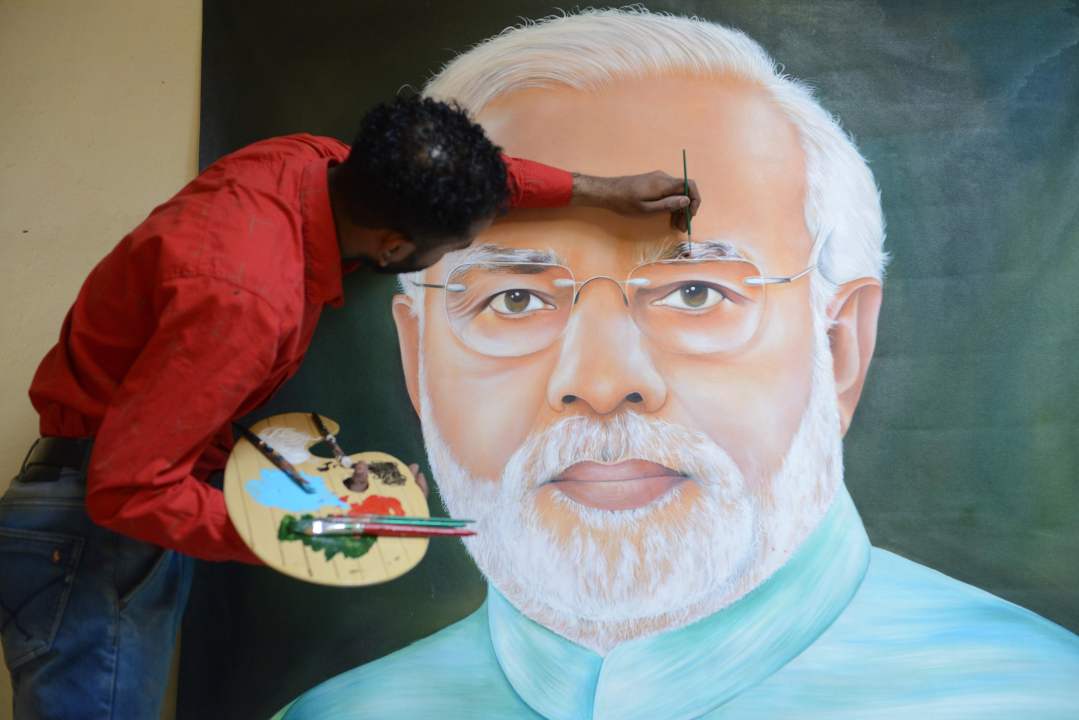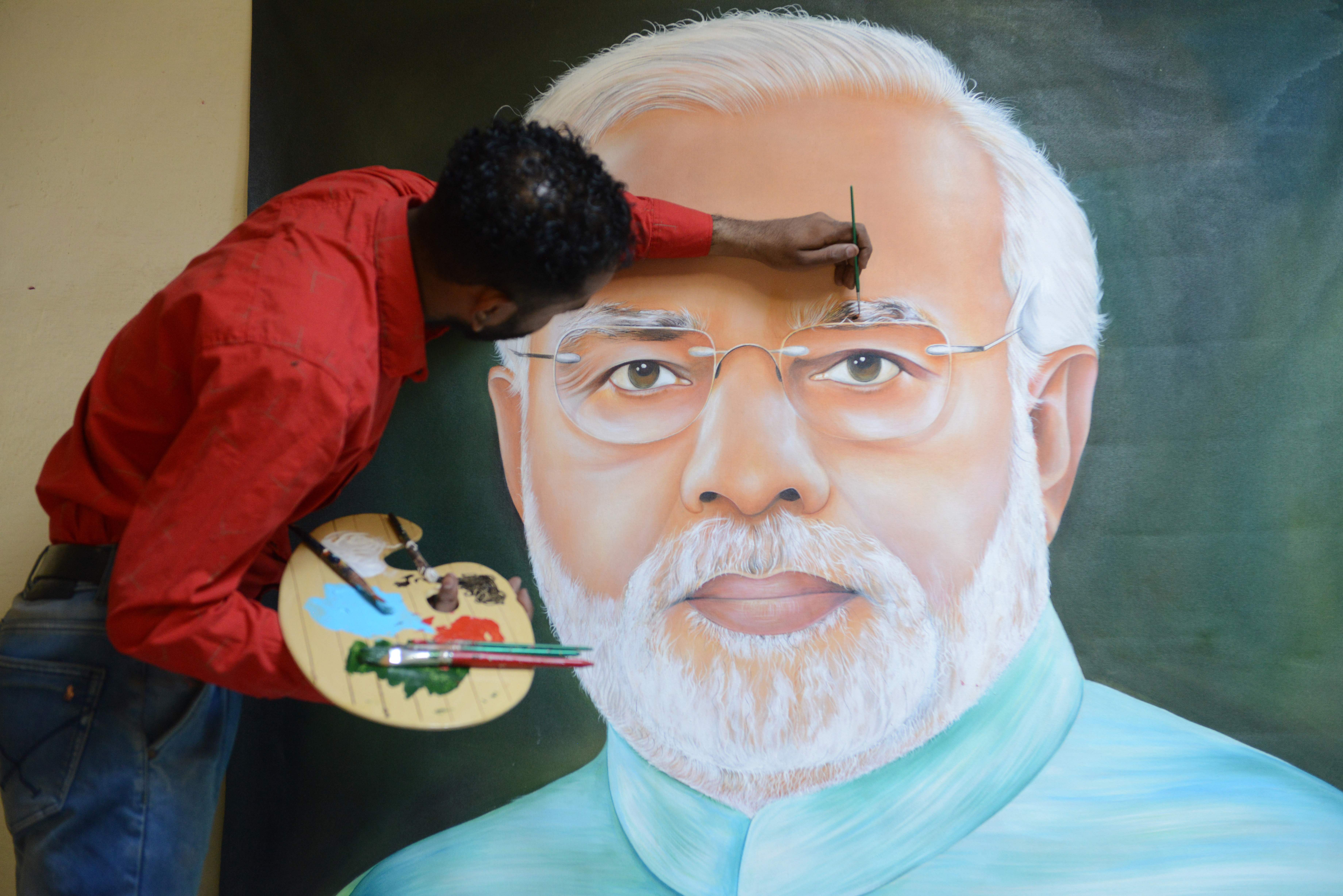History has a sarcastic sense of humour, just ask Francis Fukuyama. Or eminent historians and literary ornaments of India like Ramachandra Guha, Arundhati Roy, and Shashi Tharoor, who are now mourning the loss of a secular liberal India under a Hindu majoritarian quasi-imperial centre.
These four and their fellow academics are the first ones to blame India’s turn for the worse on the British empire, and all that it ‘made, shaped and quickened‘. This is somewhat ironic, given that Modi’s march to Kashmir is as rebellious and subaltern as it gets. Yet India’s post-colonial moral guardians are worried.
‘The passing of the act (which allowed Narendra Modi to overturn 70 years of status quo on Kashmir) was welcomed in (India’s) parliament by the very British tradition of desk-thumping’ Roy wrote. ‘There was a distinct whiff of colonialism in the air,’ she claimed. Even in her daftest misunderstanding of history, Roy cannot resist a dig at the Raj.
In another confusing op-ed in the Washington Post, dutifully tweeted by Tharoor, historian Ramachandra Guha laments the destruction of secular liberal democracy and the rise of Hindu majoritarianism.
The worry stems from confusion – mistaken at best and ideologically deluded at worst – of an understanding of India’s history. Ask some academics and they would likely tell you the same myth peddled repeatedly in any western post-colonial university department; the one that became conventional wisdom since the time of Nehru as the prime minister of the largest democracy. It says that colonialism was unequivocally evil and that the British Raj was the single most catastrophic fate that befell the subcontinent.
There’s no scope of nuance about any of that. It is, of course, not true. India was never truly ‘secular’, neither under the Mauryas or the Mughals. And it was much less united. The only secular and united entity India experienced, for around two hundred and fifty years, traces its roots back to a certain liberal: Lord William Bentinck.
So when Tharoor asks for reparation from Britain, he glorifies a myth of a naturally tolerant and liberal country. But he is oblivious that liberalism, secularism, and a united nation-state are all gifts of the British – the superstructure stemming from enlightenment ideas, an edifice that is now being torn apart by a native reactionary force.
In the dying days of the Mughal and Maratha empires and in the early days of British rule, a section of India’s elite understood that too. The Hindu majority population of the Indian subcontinent, ruled by a relatively moderate but nonetheless Islamic ruling elite, was always waiting for strong central forces to take India back in time in search of some mythical, long-lost glorious age.
Raja Rammohan Roy, an early liberal social reformer against the practice of Sati, where widows would throw themselves on their husband’s funeral pyres, understood how dangerous it would be. He implored the Raj to set up universities, science colleges and facilitate technology and education transfer. The creation and training of a Baboo class of native Indian civil servants would form an enlightened liberal barrier against any Hindu or Muslim ochlocracy. Evidence of that belief is found in his letters to the Viceroys, currently archived in the Victoria Memorial Hall.
The British Raj was an ally and, in some ways, a benevolent guardian for India’s liberal social reformers. The reason why support for the Indian mutiny was muted in major parts of India was simply because leadership needed leaders. Newly-Westernised liberal leaders and civil society refused to support a bunch of illiterate rebels planning to take India back to feudalism.
The conventional wisdom is that Britain built up Indian infrastructure and the civil service to drain Indian wealth from the Ganges to the Thames. The reality is that it was welcomed by a significant majority of a freshly-minted liberal elite, desperate to push the country towards modernity. An elite class of people, who either died serving the empire or left the subcontinent after independence, whose side of the story is hardly told anymore.
It is due to that fault line that the lamentations of the current secular elites sound hollow and hypocritical. Secular liberalism in the Indian context was not natural and native to the land. It was and remains a child of the British empire and the broader Anglo-American rule of law – a liberating but foreign-imposed idea, one whose survival depends on the acceptance of that reality.
The rise of Hindu majoritarianism in India was entirely predictable. Why? Because it was the only social force strong enough to fill the country’s conceptual vacuum. Realpolitik and an acceptance of Modi’s India as a necessary, if not agreeable counterweight against the rise of China is an understandable reaction in the West.
But India’s Hindu majoritarian turn also presents a challenge to the current Indian liberal intelligentsia. It’s the same one their forefathers faced in the 1820s: accept the natural return to equilibrium or become revolutionaries and look for foreign allies. Whatever they decide, it starts with long-due reform and teaching the real history of India, instead of the Britain bashing post-colonial ideology that is currently in vogue.
Sumantra Maitra is researcher in international relations at the university of Nottingham







Comments